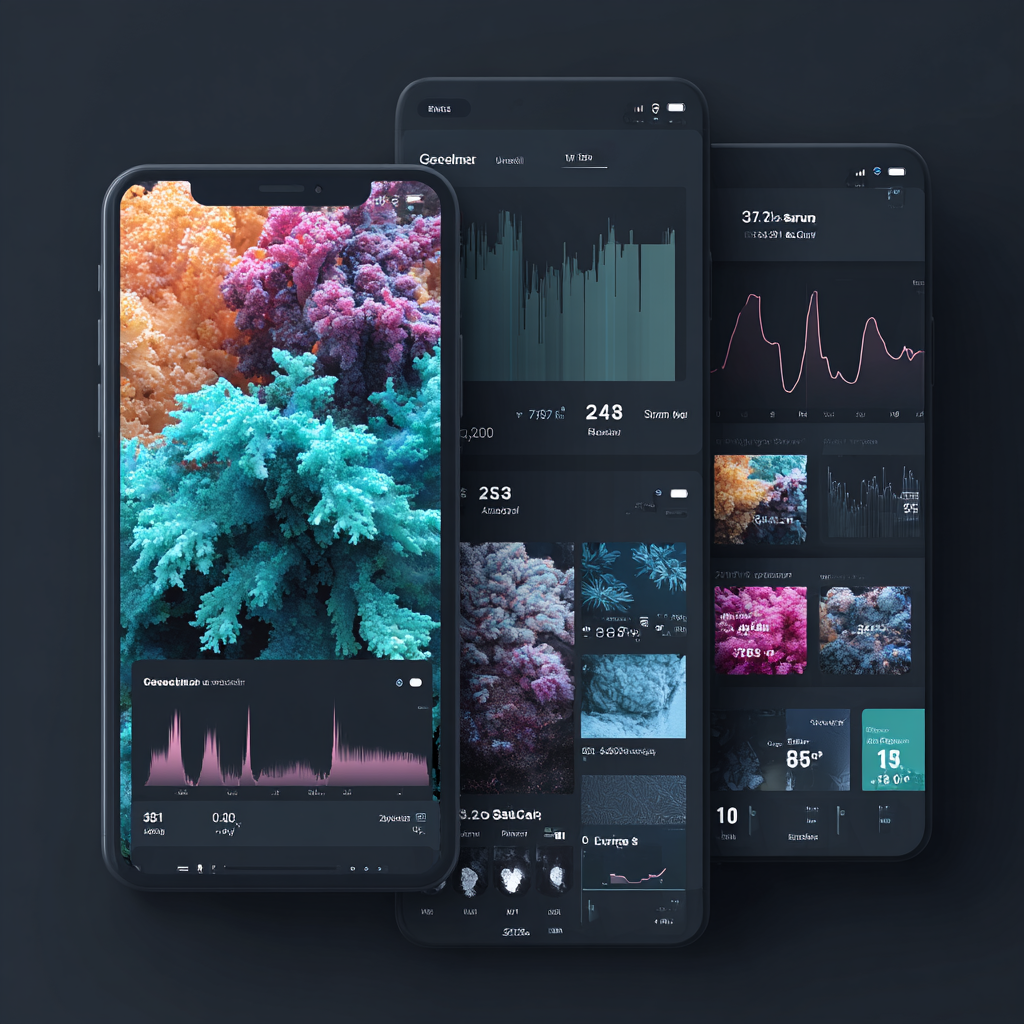Generative UI: From Static Screens to Adaptive Systems
Generative UI — why now
Frictionless UX drives usage. Generative UI reduces friction by assembling interfaces at runtime.

Adaptive interfaces that respond to context and user signals
Generative UI: interfaces whose structure and behavior are generated on‑the‑fly by models, not hard‑coded. Principles:
- Dynamic assembly: Models + analytics compose components in real time per user, device, and goal.
- Prompt → UI spec: Intent becomes a typed JSON/declarative spec rendered by a client SDK (e.g., React).
- Outcome‑oriented personalization: Designers set goals and constraints; the system adapts using user signals (preferences, behavior, environment).
Types: static (fill parameters), declarative (assemble from a registry), fully generated (raw HTML/CSS). Declarative best balances flexibility and reliability. Research flags trust, cognitive load, and fairness risks. Add constraints and a11y guardrails. Personalization can also improve readability (e.g., font/spacing per Readability Matters).
Brief: shift from interface-first to outcome-first. Define capabilities, allowlists, and must/should/never rules per individual. Personas and journeys become dynamic; invest in research, testing, and evaluation. We design outcomes and parameters—the system renders the right interface for the moment.
### Contracts before intelligence - UI schema (DSL): typed JSON/YAML describing pages, layouts, components, bindings. Treat as the API between generators and renderers. - Design system primitives: tokens, layout primitives, and a stable component library with clear props and accessibility guarantees. - Capability map: what the app can do (search, create, export). Compose only from capabilities; never invent them. - Policy & safety: allowlists, prop constraints, data access scopes, redaction, and rate limits. Reject or sanitize invalid schemas. - Observability: structured logs of inputs, chosen variants, user events, and outcomes to drive evaluation.
Proven patterns
- Server-driven UI (schema-first): Backend returns a UI schema; client renders. Deterministic and debuggable.
- Slot filling: Model fills copy, labels, hints, or validation messages within an approved layout.
- Mixed-initiative flows: Assistant proposes; user approves/edits/rejects—no silent changes.
Context signals for adaptation
Front-end-only mini-CDP signals the UI can use:
- Behavioral events: page/screen views, clicks on nav items, dwell time, scroll depth, search terms, feature usage (e.g., "FX opened", "BillPay started").
- Derived traits: "likes FX", "frequent transfers", "explores offers", "prefers dark mode", "prefers TR locale".
- Recency/frequency: last 5 visited menu paths, top 3 actions, last seen balances section.
- Explicit preferences (if the user opts in): favorite quick actions, compact vs. comfy layout.
Quick-win demos (client-side only)
All achievable purely client-side with consent + first-party storage and no user identity:
- Remembered navigation – If the user browsed deep into Payments → Utilities, next visit shows "Pay Bill" first and collapses rarely used categories.
- Actionable insights – Promote "Transfer" and "FX" tiles if used frequently; demote others. Recently used beneficiaries appear inline (stored locally as hashes/aliases, not PII).
- Contextual nudges – If the user lingers on "Services," surface a "Set up Auto‑Save" card next visit. If they ignore a banner 3 times, suppress it for 30 days (local streak counter).
- Reading mode preference – Toggle compact vs. comfy density based on past toggles + dwell time; remember dark mode.
- Search intelligence – If they searched "exchange rates" twice in a week, pre‑expand the FX widget on load.
- Micro‑journeys without identity – User taps "Pay Bill," backs out; show a "Continue Bill Pay?" entry point next visit (timer‑gated, local only).
- Language/locale nudges – If locale is TR and consistently used, keep it sticky and prioritize TR‑first copygen banners.
- Quick‑action reordering – Automatically reorder top 4 quick actions based on frequency + recency.
Mirrors the behavioral part of Insider (events → segments → experiences), but not the cross‑channel/CDP pieces (email, push, journeys), which need a backend.
Guardrails and UX quality
Quality guardrails keep generation safe and consistent. - Determinism boundaries: Models may select from allowlisted components and props—never raw code or untyped HTML. - A11y by default: Components must remain accessible regardless of who (human/model) chooses them; enforce roles, labels, focus order. - Latency budgets: Cache schemas, stream renderable chunks, precompute common variants; degrade gracefully when models are slow/offline. - Consistency & theming: Only generate within tokenized design primitives; treat tokens as hard constraints, not suggestions. - Data hygiene: Validate bindings, throttle queries, and sanitize outputs; never let models emit executable code or unsafe URLs.
Engineering checklist
- Define the DSL: Types, versioning, validation (JSON Schema + runtime checks).
- Build the renderer: Deterministic schema → component mapping; exhaustive prop validation and safe defaults.
- Write policy: Allowlists, prop ranges, PII controls, auth scopes; reject on breach with actionable errors.
- Offline-first: Cached templates and non-model fallbacks; never block critical paths on generation.
- Evaluation harness: Golden tasks, screenshot diffs, a11y tests, latency/error SLOs, canary rollouts.
-
Telemetry & feedback: Capture edits/aborts, success metrics, and model rationales to improve selection over time.